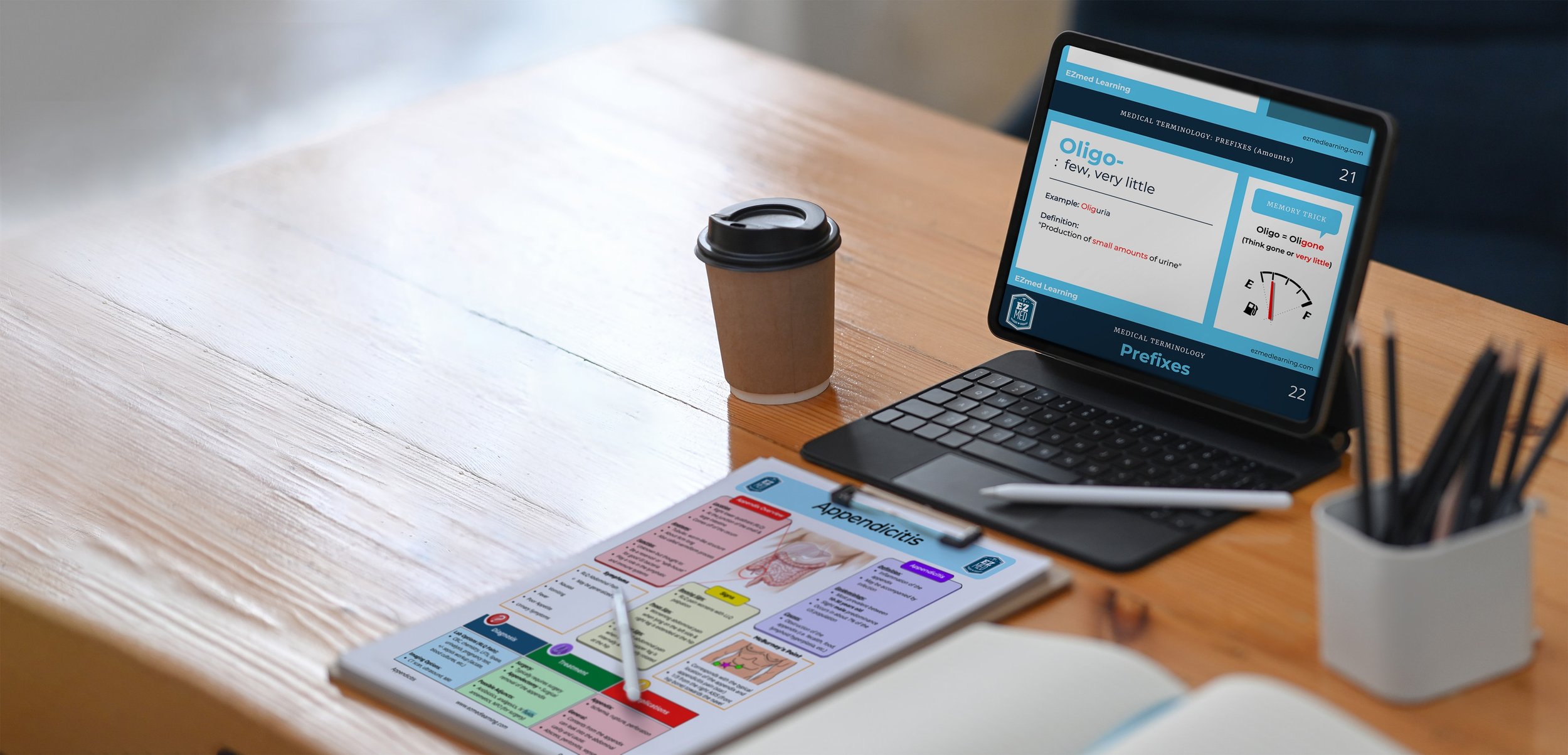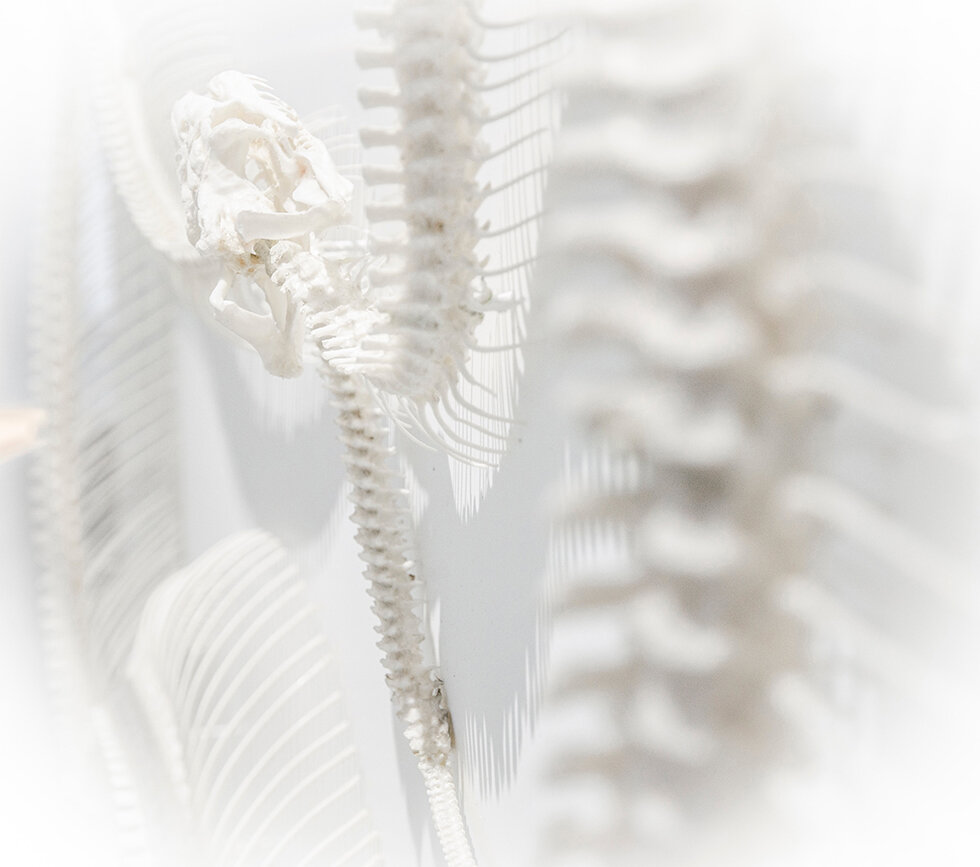
Making Medicine Easy
Pass Your Classes & Exams with EZmed!
Coming Soon!
More resources to make studying easier.
Popular Lectures
Hyperkalemia ECG Changes: Findings and Progressions
Hyperkalemia EKG changes made easy! Use this simple arrow trick to remember the progression of ECG changes that can occur with hyperkalemia! Includes a table summarizing the EKG findings, potassium levels, and mechanism for those changes. Discusses peaked T waves, PR interval prolongation, changes to P waves and QRS complexes, arrhythmias, and more!
Blood Flow Through The Heart: A Simple 12 Step Diagram
Blood flow through the heart made easy! Using a simple 12 step diagram of the heart, we walk through the cardiac circulation pathway in order! Includes a video and animation to quiz yourself and test your knowledge!
Cardiac Cycle Phases: Systole and Diastole Step-by-Step Diagram
Easily learn the cardiac cycle of the heart using this step-by-step guide! Includes information about the anatomy of the heart, blood flow through the heart, and the conduction system. Cardiac physiology made easy!
Anion Gap Metabolic Acidosis: MUDPILES Mnemonic
Anion gap metabolic acidosis is made easy in this post. Learn about acid base status and how to calculate an anion gap. Use the MUDPILES mnemonic to help you remember the main causes of high anion gap metabolic acidosis. Step-by-step illustrations included!
Arterial Blood Gases: The Tic-Tac-Toe Game
Never get confused with blood gases again! Acid base status interpretation is made easy using this tic-tac-toe method. Knowing how to analyze a blood gas is a useful skill, however it can be confusing to learn at first. Fortunately it doesn’t have to be, and this post will show you how!
Blood Pressure Regulation: Hypotension - Easy as 1-2-3
The body has 2 main compensatory mechanisms to regulate blood pressure and improve hypotension: the sympathetic nervous system and the renin angiotensin aldosterone system. How they increase blood pressure is as easy as 1-2-3, a trick that an be used to remember the content. Learn what this trick means and how it applies to the compensatory mechanisms to improve blood pressure. The physiology is easily explained using step-by-step illustrations.
Every EZmed topic contains a video that goes along with the written lecture.
While the videos are embedded in each lecture above, you can also view all of the EZmed videos on the EZmed YouTube Channel!
Videos are a great way to supplement your education, especially for the visual and audio learners.
Reading the concise lecture and watching the corresponding video will help solidify your knowledge of that particular topic for exams and practical use.

Get in Touch
Reach out if there are any topics you want to learn more about or think would make a great post. Thank you for using EZmed!






